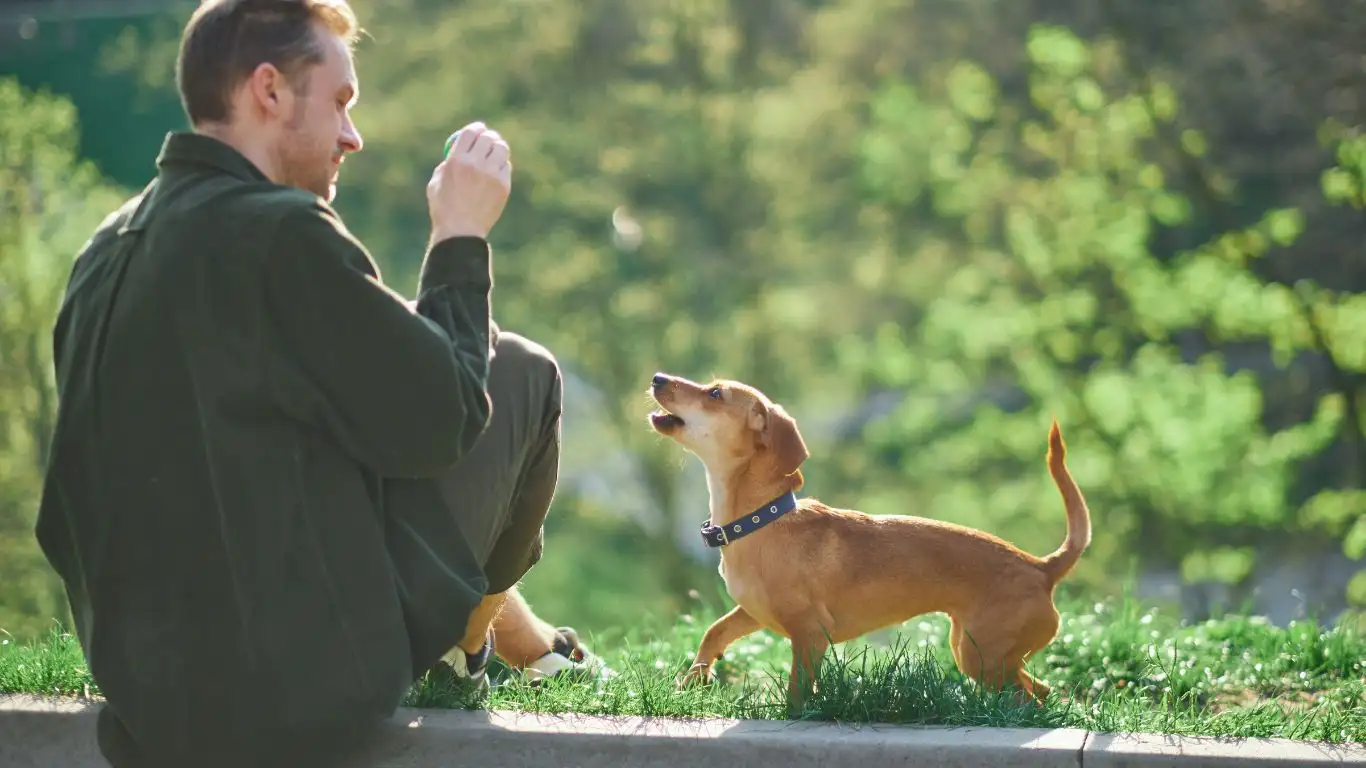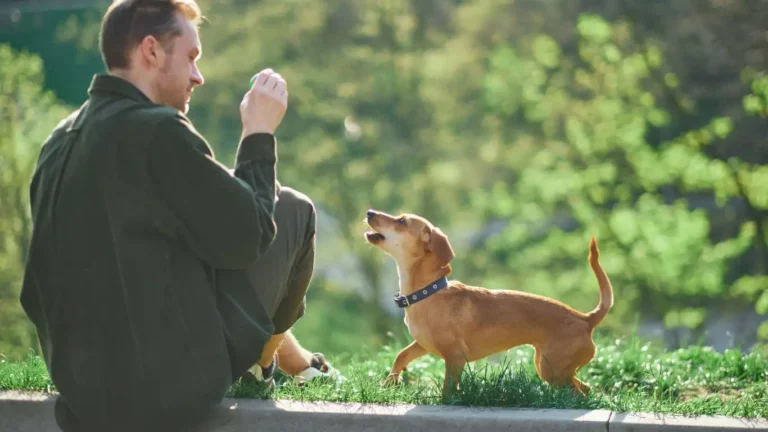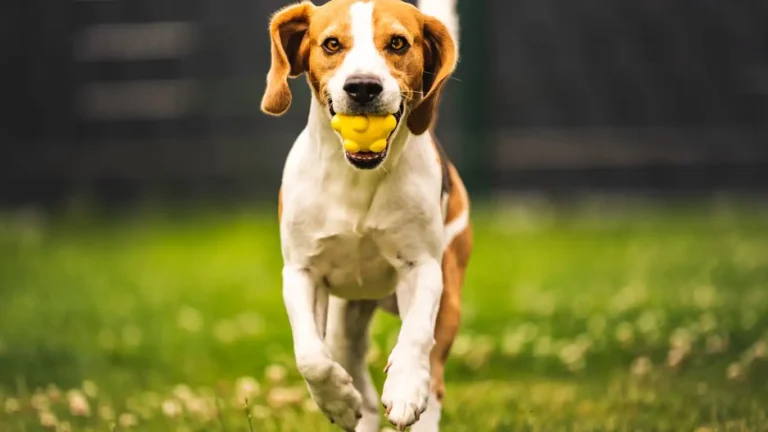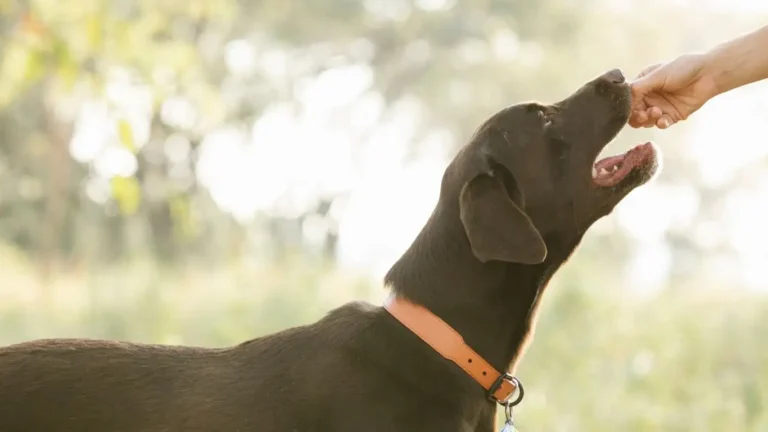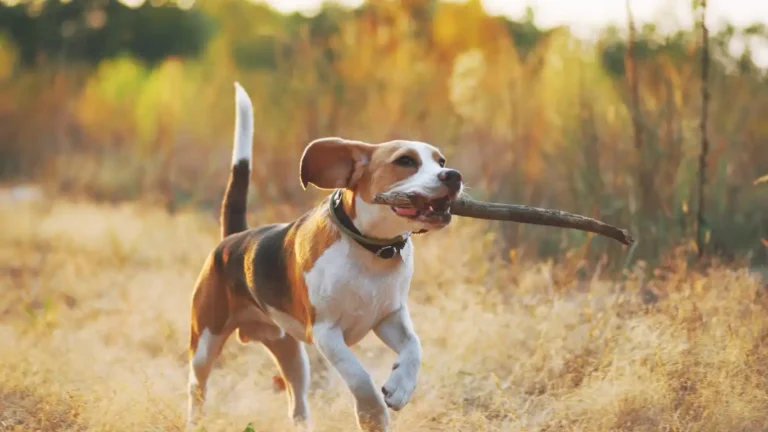Effective Ways to Train Your Dog to Stop Barking at Reflections
As a Certified Professional Dog Trainer (CPDT-KA), I’ve had the privilege of working with a variety of dogs with different quirks and behaviors. One of the more unique challenges that some pet owners face is their dog’s tendency to bark at reflections. Whether it’s the glint of sunlight on a window, a shiny surface, or even their own reflection in a mirror, this behavior can quickly become a nuisance. But don’t worry—this is a problem that can be solved with the right approach! In this guide, I’ll walk you through how to train a dog to stop barking at reflections. We’ll focus on understanding why this happens and what you can do to correct it in a positive, effective way.
Why Do Dogs Bark at Reflections?

Before we dive into training, it’s important to understand why your dog might be barking at reflections in the first place. This behavior can seem strange to us, but to your dog, reflections can be both fascinating and confusing.
Dogs have highly developed senses, especially when it comes to vision and movement. Reflections in windows, mirrors, or shiny surfaces often create movement or a distorted image, and this can be enough to trigger your dog’s instinct to investigate. For some dogs, the reflection might seem like another dog or an animal, leading them to bark as if they’re protecting their territory. Other dogs might just be curious about the strange, moving image. In either case, barking is their natural response to something that grabs their attention.
Common Triggers of Reflection Barking
- Sunlight and Glare: A beam of sunlight reflecting off a surface can create a dazzling light that might capture your dog’s attention.
- Mirrors: Many dogs don’t fully understand mirrors, and they may see their own reflection and bark at it as if it’s another dog.
- Windows: Reflections in windows can look like another dog or animal, causing your dog to become territorial or defensive.
- Shiny Floors or Surfaces: Glimmering or polished surfaces might also trigger barking, as the reflection changes with movement.
What Happens If You Don’t Address Reflection Barking?
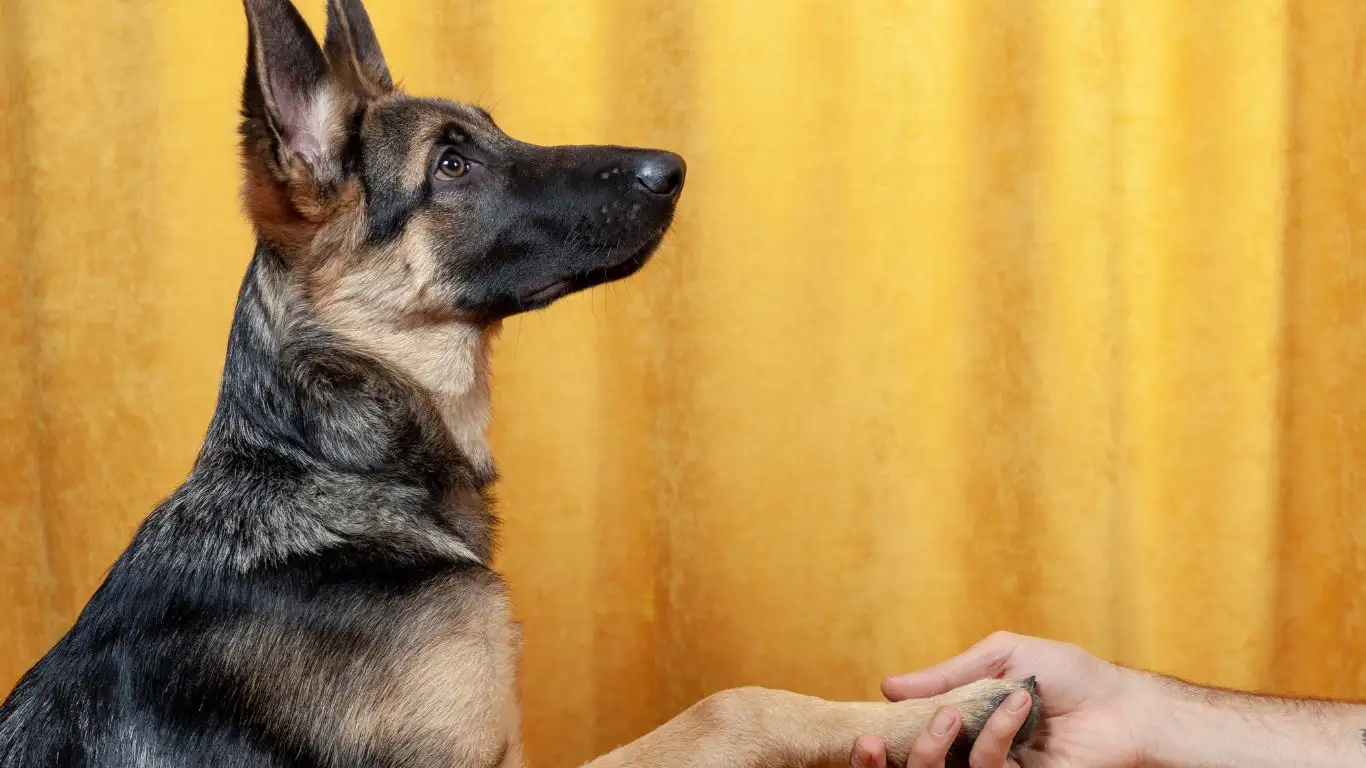
If left unchecked, barking at reflections can become a persistent habit that escalates over time. Not only can it become an annoyance for you, but it can also cause stress for your dog. The constant barking can create tension in your home, especially if your dog starts reacting to every little reflection they see. Additionally, the habit might spread to other reflective surfaces in your house, making the issue harder to manage.
In more extreme cases, if the barking becomes frequent, it could also lead to behavioral issues like anxiety or frustration. Dogs thrive on structure and consistency, so it’s important to address the barking early on to avoid these negative consequences.
How to Train Your Dog to Stop Barking at Reflections

Now that we understand why dogs bark at reflections, let’s look at how to train them to stop. The key to success here is consistency, patience, and positive reinforcement. Dogs learn through repetition and rewards, so let’s break down the steps you can take to eliminate this unwanted behavior.
Step 1: Create a Calm Environment
Before you begin any training, it’s important to set the stage. Make sure your dog is calm and relaxed before starting any training sessions. If your dog is too excited or stressed, it will be much harder for them to focus. Try to train in a quiet, distraction-free environment where your dog feels at ease.
If you’re dealing with a particularly anxious dog, you may want to start with some basic relaxation exercises. Take a few minutes to engage in calming activities with your dog, such as light petting or using a calming dog pheromone spray, to help them settle before you start the training.
Step 2: Redirect Your Dog’s Attention
When your dog starts barking at a reflection, it’s important to redirect their attention immediately. You can do this by calling your dog’s name or using a verbal cue like “look at me” or “focus.” Once your dog looks at you, reward them with a treat or praise. The idea is to replace the barking behavior with something more positive, like paying attention to you.
Redirecting is crucial because it teaches your dog that focusing on you is more rewarding than reacting to the reflection. Over time, your dog will begin to associate the act of looking away from the reflection with a positive outcome.
Step 3: Use Positive Reinforcement
Positive reinforcement is your best friend when it comes to training your dog. Every time your dog stops barking and redirects their focus to you, reward them immediately. This helps reinforce the behavior you want to see.
Make sure the reward is something your dog loves—whether that’s a tasty treat, a favorite toy, or lots of praise and affection. The reward needs to be immediate so your dog can connect the behavior with the positive outcome.
Step 4: Manage the Environment
Until your dog has mastered the “no barking at reflections” behavior, you may need to manage their environment. If you know your dog tends to bark at reflections in certain areas, try to limit their access to those spots. Close blinds, move shiny objects out of sight, or place barriers between your dog and reflective surfaces. This gives you the chance to focus on training without triggering the unwanted behavior constantly.
In the next part of this guide, we’ll dive deeper into some advanced techniques, including using desensitization and counter-conditioning to help your dog completely overcome this issue.
Desensitization and Counter-Conditioning for Reflection Barking

Now that we’ve covered the basics of redirecting your dog’s attention and using positive reinforcement, let’s talk about a couple of more advanced techniques—desensitization and counter-conditioning. These techniques are particularly helpful if your dog’s barking at reflections is deeply ingrained or if they get overly excited or anxious when they see shiny surfaces.
Desensitization involves gradually exposing your dog to the trigger (in this case, reflections) in a controlled manner, starting at a level where your dog isn’t reacting. Over time, you’ll increase the intensity of the trigger while reinforcing calm behavior. Counter-conditioning works hand-in-hand with desensitization and involves changing your dog’s emotional response to the reflection from one of excitement or anxiety to a more positive one.
Step 5: Start with Low-Intensity Reflections
Desensitization begins with exposing your dog to a very low-intensity version of the reflection. For example, you might start with a faint reflection on a dimly lit surface, or place your dog in a situation where they are only briefly exposed to the trigger. The goal is to expose your dog to the reflection without triggering their barking response.
When your dog sees this low-intensity reflection, you can practice your redirection techniques. For example, when they notice the reflection, call their name or use a command like “watch me.” When they turn their attention to you, reward them with a treat or praise. The key is to make sure that the reflection doesn’t overwhelm your dog. You want to build their tolerance slowly, without triggering a full-blown barking session.
Step 6: Gradually Increase the Intensity of Reflections
Once your dog is comfortable with the lower-intensity reflection, you can slowly increase the intensity. For example, you might move to a surface that reflects more brightly or expose your dog to a bigger area where the reflection is more noticeable. As you increase the intensity, continue using redirection and reward-based reinforcement.
Don’t rush this process. It’s important to only move on to a more intense reflection when your dog is consistently calm and responsive to the lower-intensity triggers. If your dog starts barking again, you may have pushed too hard or too fast. In that case, scale it back to the previous level and build up their tolerance gradually.
Building Confidence Through Counter-Conditioning
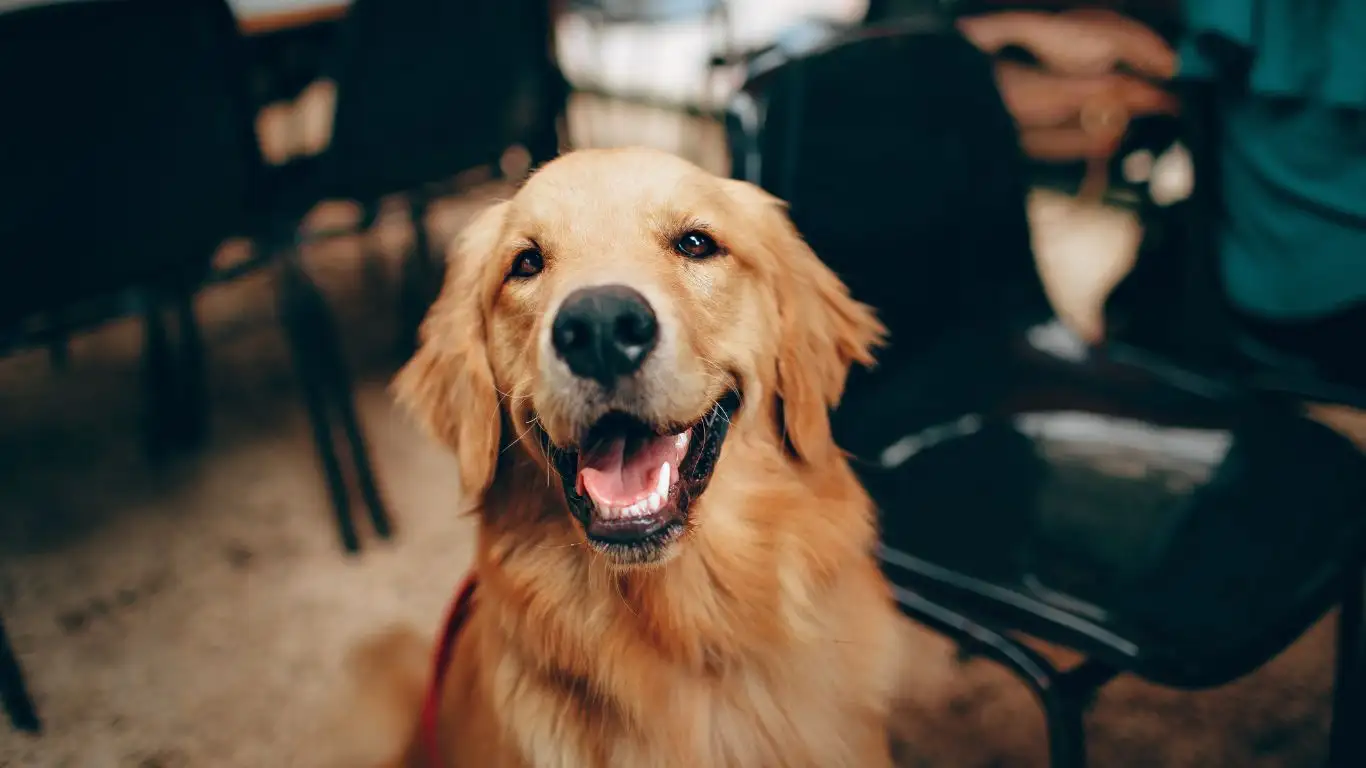
Counter-conditioning is all about changing your dog’s emotional response to the trigger—in this case, the reflection. Rather than feeling anxious, excited, or territorial, you want to teach your dog that the reflection is not something to react to. Instead, they should associate the sight of a reflection with something positive, like getting a treat or playing with their favorite toy.
To start counter-conditioning, you’ll need to expose your dog to the reflection while they are in a calm state. You can do this by using the same method as desensitization, starting with low-intensity reflections. When your dog notices the reflection, immediately reward them with something they love. This helps them connect the sight of the reflection with something positive, such as getting treats, affection, or playtime.
The goal is to change your dog’s emotional response to the reflection from one of frustration or anxiety to one of calmness and even excitement when they realize that good things are coming their way when they see the reflection. Over time, your dog will begin to associate reflections with positive outcomes rather than feeling the need to bark at them.
Step 7: Practice in Different Environments
Once your dog starts to show progress with reflections in one part of your home, it’s time to practice in other areas. Reflections can appear anywhere—on windows, mirrors, floors, and even shiny countertops. Make sure to practice in different environments so your dog learns that barking at reflections is not acceptable, no matter where they are.
To make the process more manageable, begin in one room and slowly move to others, adjusting the intensity of the reflections and keeping the training steps consistent. You may need to be a little creative with your setup. For example, you could use a piece of reflective foil or a mirror to simulate the reflections your dog usually reacts to. This way, you can maintain control over the environment and ensure you’re working on the right level of intensity for your dog’s progress.
When to Seek Professional Help

While many dogs can be trained to stop barking at reflections with the techniques we’ve discussed, some dogs may need additional help. If you’ve been consistently working on this issue and are not seeing progress, it may be time to consult with a professional dog trainer.
A professional dog trainer can provide you with personalized guidance based on your dog’s individual needs. They may also be able to identify underlying issues that are contributing to the barking, such as anxiety or fear, that might need to be addressed separately. If your dog’s barking is part of a larger pattern of behavioral issues, a trainer will be able to develop a comprehensive plan to address the root cause of the behavior.
As a CPDT-KA, I’ve worked with many dogs who have displayed challenging behaviors like barking at reflections. While it can be frustrating, it’s important to remember that with patience, consistency, and the right approach, most dogs can learn to stop this behavior. If you’re unsure of the next steps or feel like you’re hitting a wall, reaching out to a professional can make a world of difference.
Maintaining Consistency and Long-Term Success
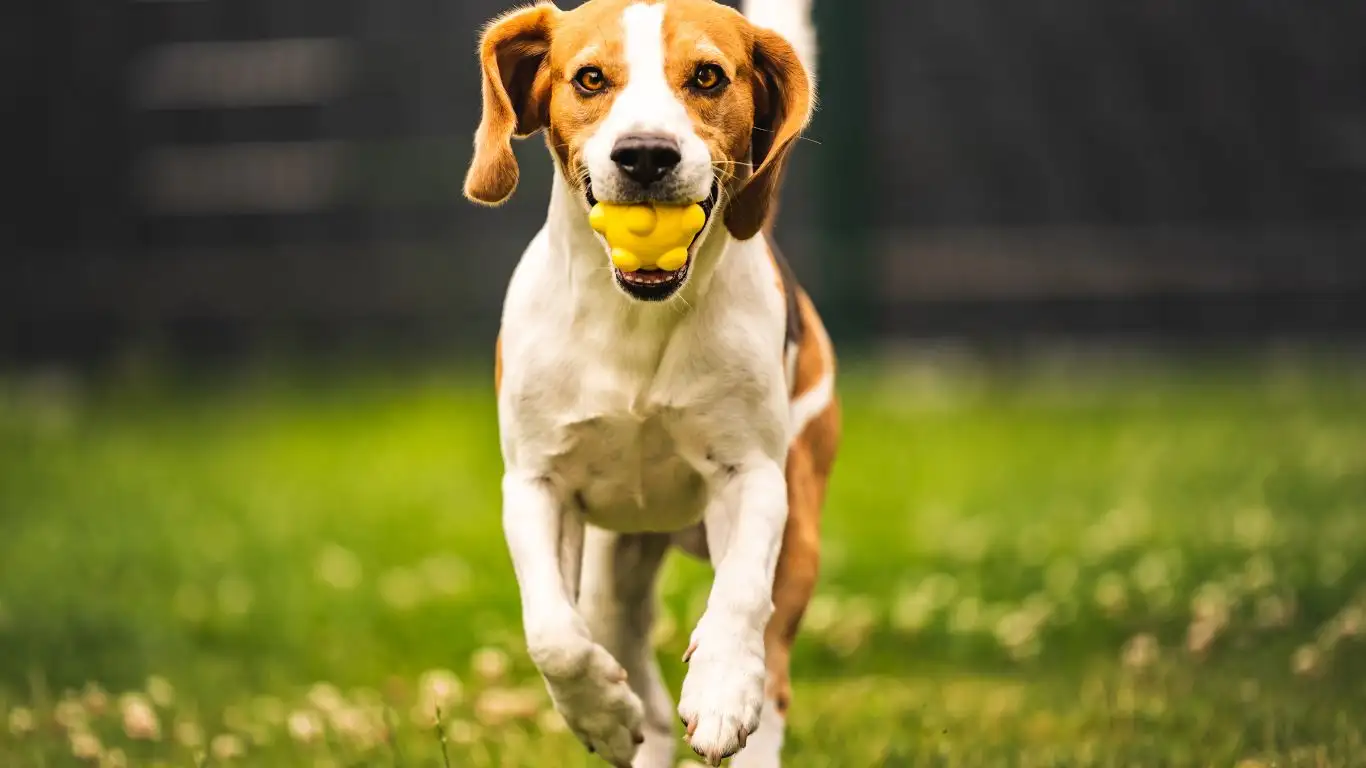
When it comes to training your dog to stop barking at reflections, consistency is key. As with any type of training, the more consistently you apply the techniques we’ve discussed, the more likely your dog is to succeed. It can be tempting to relax the rules once you start seeing progress, but remember that maintaining structure and consistency is crucial for long-term success.
In my experience as a Certified Professional Dog Trainer (CPDT-KA), I’ve seen owners who are frustrated because they’ve made great strides, only to see their dog’s behavior slip back into the old pattern of barking at reflections. This happens when the training isn’t continued consistently or when certain triggers are reintroduced before the dog is fully conditioned. Your dog needs time to internalize what is expected of them and must be given ample opportunity to practice the correct behavior regularly. It’s a process, and sometimes, it requires a little patience, especially for dogs that are particularly persistent in their behavior.
Making Training a Daily Habit
Consistency doesn’t just mean working with your dog during scheduled training sessions. It’s about making training a part of your dog’s daily routine. Every interaction with your dog is an opportunity to reinforce positive behavior, whether it’s practicing “watch me” during a calm moment or rewarding them for ignoring a reflection. The more you integrate the desired behavior into your dog’s daily activities, the stronger the habit will become.
Incorporating small training moments throughout the day can also help your dog stay engaged and focused. For instance, if you’re going for a walk and your dog sees a shiny object that might trigger barking, use this as an opportunity to practice redirection. Offer a treat for paying attention to you instead of reacting to the reflection. Small victories like this add up, and over time, your dog will start to make better decisions even when the reflection pops up unexpectedly.
Gradual Reinforcement: Keep the Rewards Coming

Even after your dog starts to show good progress, it’s important to continue using positive reinforcement for the long haul. At first, you’ll be using treats or toys to reinforce calm behavior when they notice a reflection. As time goes on and your dog becomes more reliable, you can start to reduce the frequency of the rewards, but you’ll still want to offer occasional reinforcement to maintain the behavior.
One thing I always tell my clients is to never completely phase out rewards too early. If you stop reinforcing positive behavior altogether, your dog might lose interest and return to old habits. Keep rewarding your dog intermittently to make sure they continue to find value in the behavior. You might even consider switching up the type of reward—sometimes a favorite toy is more effective than a treat, or vice versa—just to keep your dog engaged.
Why Rewards Work So Well
Positive reinforcement works because it taps into the natural learning process of dogs. When a dog performs a behavior and receives a reward, they begin to associate that behavior with positive outcomes. This creates a mental connection that encourages them to repeat the behavior. Over time, your dog will understand that barking at reflections doesn’t get them the same positive results as ignoring them and focusing on you.
What makes positive reinforcement so powerful is that it builds trust between you and your dog. They start to see you as the source of good things and are more likely to work with you rather than against you. This strengthens your bond and makes training a more enjoyable process for both of you.
Dealing with Setbacks in Reflection Barking Training
Like any type of training, there will be setbacks along the way. It’s normal for dogs to experience moments where they slip up and revert to old behaviors. For example, after a few days or weeks of progress, your dog might suddenly start barking at reflections again. Don’t panic! This is a natural part of the process.
When setbacks happen, it’s important to take a step back and reassess. Was there a new trigger that you didn’t expect? Was there a stressful event in your dog’s life that might have caused them to react more strongly than usual? Reflecting on these factors can help you understand why the behavior resurfaced and allow you to adjust your approach accordingly.
In some cases, a temporary increase in training sessions might be needed to remind your dog of the new behavior you want to see. Sometimes, it just takes a little refresher to reinforce the lessons they’ve already learned. With patience and consistency, your dog will continue to make progress. And remember, every dog learns at their own pace, so don’t be discouraged by a few bumps along the way.
When to Take a Break and Reassess
If your dog seems particularly stressed or frustrated during training, it’s important to take a step back and give them a break. Training should always be a positive experience, so if your dog is becoming overwhelmed, it might be a sign that you’re pushing them too hard. In such cases, you might need to slow down the process and go back to the basics. Taking a break can also help prevent burnout—for both you and your dog!
Remember that dogs thrive in calm, structured environments. If training becomes too intense, your dog may start to associate the process with anxiety or frustration, which can hinder progress. So, be sure to keep an eye on your dog’s stress levels and adjust your approach as needed. Taking a step back doesn’t mean failure; it’s just part of the learning process!
References
Disclaimer
While the advice and training techniques provided in this article are based on professional experience and expertise, every dog is different. The methods described here are general guidelines, and it’s important to consider your dog’s unique temperament, breed, and history when implementing any training plan. For serious behavioral issues, consulting with a qualified, certified dog trainer or behaviorist is recommended. Results may vary, and patience is key to successful training.
